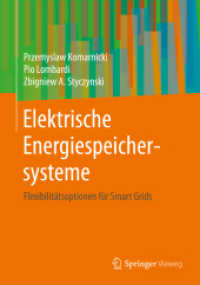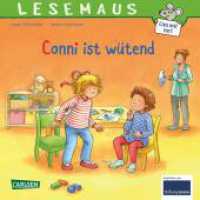Full Description
An in-depth look at the institutionalization of alternative dispute resolution (ADR) processes in the federal and state regulatory arenas over the past twenty-five years, this volume showcases the value of these processes and highlights the potential for their expanded application and growth. It describes ADR techniques, how to use them, and how to integrate them into existing processes, using examples from the Federal Energy Regulatory Commission and three state utility regulatory commissions. The book recounts ADR successes, recognizing that traditional litigative methods may not always meet the needs of agencies, the parties, or the public. Institutionalizing these processes requires a systematic commitment to different approaches to problem-solving and, ultimately, cultural change. The authors spearheaded initiatives to integrate these processes and skills at the federal level. Drawing from valuable insights gained from their experience, the authors introduce a versatile new ADR system design model, the Voices of Value, which aims to enhance input, creativity, and effectiveness in regulatory and other public arenas as well as the private sector.
Contents
Contents Preface Acknowledgments Introduction Part 1. Situating Alternative Dispute Resolution in the Regulatory Environment Chapter 1. Coming Together of the Regulatory Context and ADR Tools Chapter 2. Designing a Sustainable Dispute Resolution System Chapter 3. Ensuring Dispute Resolution System Integrity Part 2. Integrating ADR into a Regulatory Agency's Existing Processes Chapter 4. Examining the Application and Integration of ADR at the Federal Energy Regulatory Commission Chapter 5. Appreciating the Role of an Independent Dispute Resolution Staff Chapter 6. Resolving Cases with the FERC Settlement Judge Process Chapter 7. Looking at the Role of Independent Trial Staff in the Settlement Process Conclusion Notes








